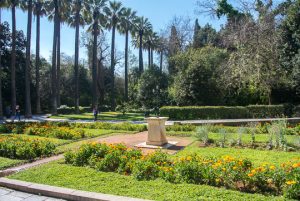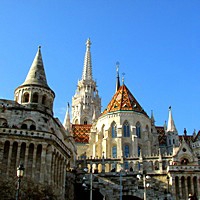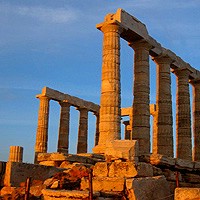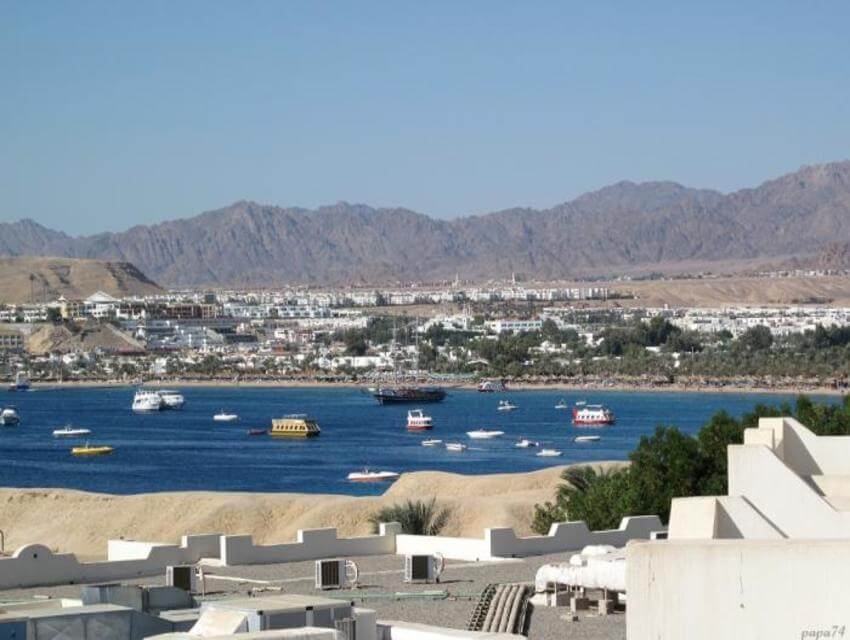Lemnos: visiting Hephaestus
 Greece has long been firmly established in our lives. Now this magical country with its bright sun, crystal clear sea, centuries-old history, cheerful and hospitable inhabitants has become habitual for many, and for some even a permanent resting place. It is all the more surprising to discover something new, not yet seen in what has become so close and familiar. Perhaps for you this discovery can be Lemnos – an island in the Aegean Sea, located near the peninsula of Chalkidiki.
Greece has long been firmly established in our lives. Now this magical country with its bright sun, crystal clear sea, centuries-old history, cheerful and hospitable inhabitants has become habitual for many, and for some even a permanent resting place. It is all the more surprising to discover something new, not yet seen in what has become so close and familiar. Perhaps for you this discovery can be Lemnos – an island in the Aegean Sea, located near the peninsula of Chalkidiki.
By mysterious coincidence, he is not known to a wide range of tourists, thanks to which he avoided two disadvantages inherent in all popular resorts: a large number of tourists and high prices for services.
Lemnos is an island of volcanic origin, the sixth largest among the Greek islands. The relief of the island is quite diverse – most of it is occupied by hills, but not many rock formations. The only exception is the area of Faraklo in the north of Lemnos, where you can see volcanic rocks of a very unusual shape.
Already in ancient times the land from Lemnos was considered healing. The study of local clays showed that they really contain rare medicinal elements and can be used in pharmacology and perfumery.
In the northeast of the island, in the area of the three lakes Aliki, Khortarolimni and Asprolimni, there are protected wetlands, or the so-called wetlands, an ideal habitat for a number of rare breeds of birds, such as: Asian chick, hoopoe, peregrine falcon. There also often can be seen flocks of flamingos. There are always a lot of birds, and in the spring and autumn their number increases significantly due to seasonal migrations.
The unique natural phenomena can be attributed sand dunes near the village of Catalakkos. Here, at some distance from the sea, surrounded by sand dunes, and rare patches of stunted vegetation, you can imagine yourself a traveler trying to cross the desert alone. To the joy of lonely travelers, you can overcome this local mini-desert for 10 minutes. And later, you can reward yourself for this courageous act, having a swim on Gomati beach, located nearby.
The length of the coastline of Limnos is the fourth among the Greek islands. Therefore, it is not surprising that the beaches on Lemnos are abundant and for every taste. These are Mikro Fanaraki and Megalo Fanaraki, which are popular among young people, and calm, located at some distance from Neftina, Havuli, Gomati. And the beaches that are within the city limits, but not losing at all from this: Romeikos Yialos and Ryha Nera. Lovers of windsurfing and kitesurfing should enjoy Keros.
Of course, this is not the whole list – in total, there are about 100 equipped beaches on the island during the season and, to the joy of vacationers, most of them are sandy.
A bit of history
Like most of the Greek islands, Lemnos has a centuries-old history, but it is one of the few with which this history goes back thousands of years.
The excavations of Poliochni, one of the oldest settlements in Europe, are located in the western part of the island. Began its existence around 4 millennia BC. as a small settlement, over time, Poliochni became a thriving commercial city. There is a version that he constituted a serious trading competition for Troy, as a result of which it finally fell into decay by 2000 BC.
As already mentioned, Lemnos is an island of volcanic origin. Perhaps this is due to the fact that in Greek mythology, he was considered the island of Hephaestus. Here at the fire god there was a smithy in which he worked after he was thrown from Olympus. Kabiry, the gods of light, fire, and fertility in ancient Greek and earlier mythology, helped Hephaestus. It was believed that they can protect from harm or imminent danger.
Cabirs were worshiped almost throughout the whole of Greece, and Lemnos was no exception. In the northeast of the island, on Cape Chloe, you can see the remains of a temple dedicated to the cabir. Italian archaeologists who excavated there found that the temple was active from the 8th century BC. until late antiquity.
If you go down the scenic path from the sanctuary to the sea, then you can see the “Philoctet’s cave”, one of the beautiful Elena’s suitors and a participant in the Trojan War. According to Homer, during a campaign, Philoktet was bitten by a snake. The wound did not heal, and he was left on Lemnos by his companions, where he lived in a cave, suffering from an incurable wound.
Not far from the Kabirov sanctuary, near the modern village of Kontopoli, was the town of Hephaestia, which existed from 1000 BC. until 1200
During excavations in Hephaestia, 10 layers of different periods were discovered, which included buildings, palaces, baths, Christian churches, a sanctuary, a Greek amphitheater, dating from the end of the 5th century and the beginning of the 4th century BC. from time to time amateur performances are held.
For the Greek islands, the presence of one central city was typical, and here Lemnos was somewhat out of the general order.



